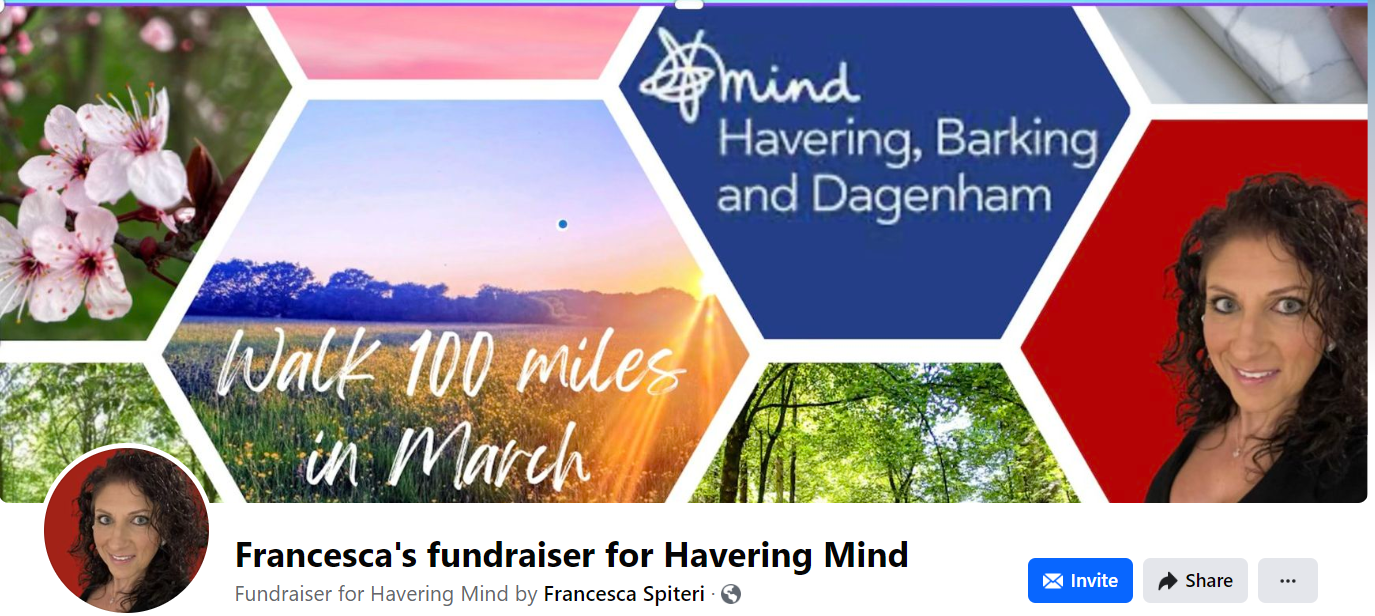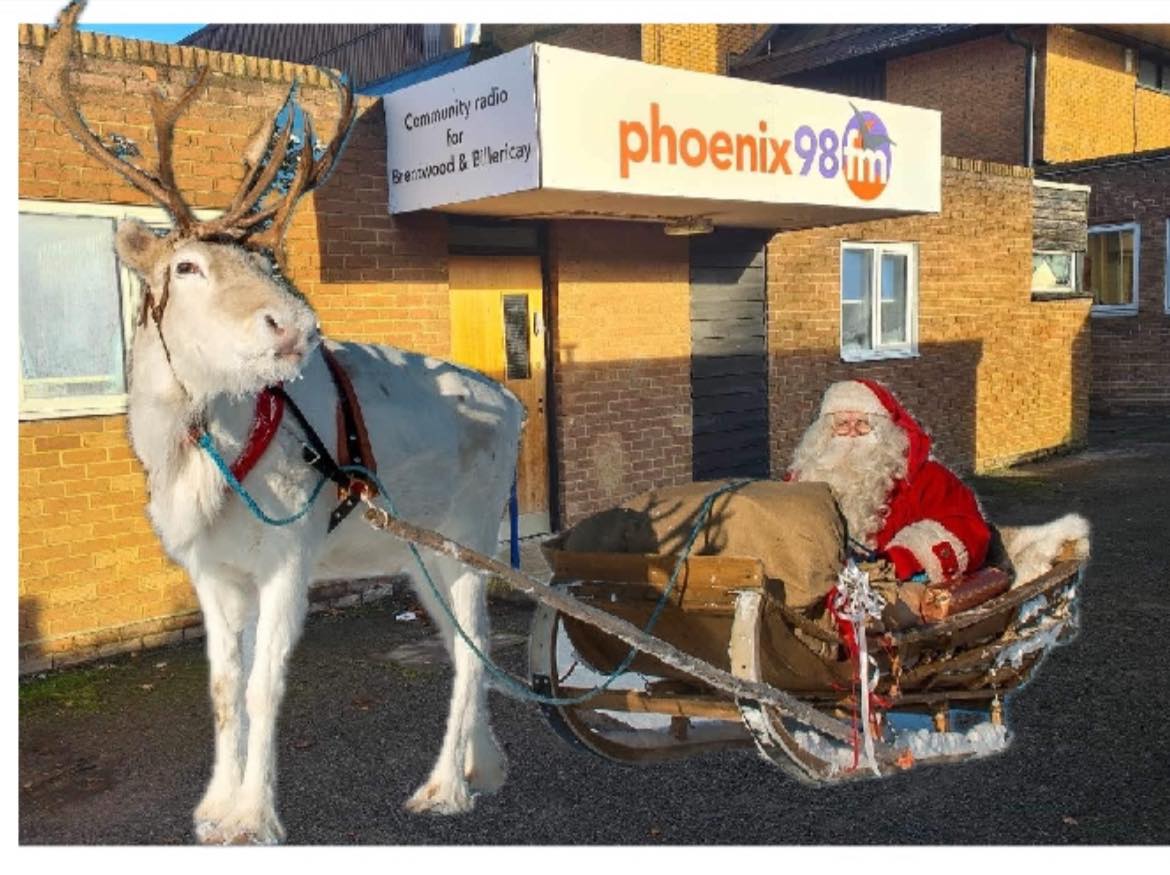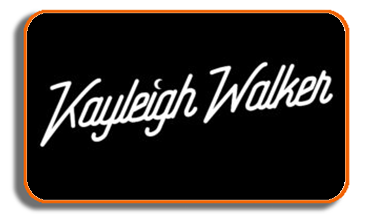
Episode Two
Today on the Sunday Replay we continued our tribute to The Beatles 50 years after the release of their 1st single Love me Do. Last week took us up to late 1964 in the Beatles story. We continued with the Christmas No 1 of 1964 –
I Feel Fine
The band’s fourth studio LP, Beatles for Sale, evidenced a growing conflict between the commercial pressures of the band’s global success and their creative ambitions. They had intended the album, recorded between August and October 1964, to continue the format established by A Hard Day’s Night which, unlike the band’s first two LPs, contained only original songs. The band, however, had nearly exhausted their backlog of songs on the previous album, and given the challenges constant international touring posed to the band’s songwriting efforts, Lennon admitted, “Material’s becoming a hell of a problem”. As a result, six covers from their extensive repertoire were chosen to complete the album.
Rock & Roll Music
She’s A Woman Live
The Beatles’ road manager, Neil Aspinall, later reflected: “No band today would come off a long US tour at the end of September, go into the studio and start a new album, still writing songs, and then go on a UK tour, finish the album in five weeks, still touring, and have the album out in time for Christmas. But that’s what The Beatles did at the end of 1964. Released in early December, Beatles for Sale’s eight original compositions stood out, demonstrating the growing maturity of the Lennon–McCartney songwriting partnership.
Eight Days A Week
What You’re Doing
Controversy erupted in June 1965 when Elizabeth II appointed all four Beatles Members of the Order of the British Empire (MBE)
Help
The Beatles’ second film, Help!, again directed by Richard Lester, was released in July. Ticket To Ride
You’ve Got to hide your Love Away
The accompanying album to the film Help, the group’s fifth studio LP, contained all original material save for two covers, “Act Naturally” and “Dizzy Miss Lizzy”
Yesterday
I Need You
The band’s third US tour opened with a performance before a world-record crowd of 55,600 at New York’s Shea Stadium on 15 August 1965
Day Tripper
In mid-October 1965, the band entered the recording studio; for the first time in making an album, they had an extended period without other major commitments. Released in December, Rubber Soul has been hailed by critics as a major step forward in the maturity and complexity of the band’s music.
Norwegan Wood
The song “In My Life”, of which each later claimed lead authorship, is considered a highlight of the entire Lennon–McCartney catalogue.
In My Life
If I Needed Someone
Harrison called Rubber Soul his “favourite album” and Starr referred to it as “the departure record”. McCartney said, “We’d had our cute period, and now it was time to expand.” However, recording engineer Norman Smith later stated that the studio sessions revealed signs of growing conflict within the group—”the clash between John and Paul was becoming obvious”, he wrote.
Nowhere Man
Drive My Car
Next Week, Part Three takes us through The Beatles Story from 1966 -1968, Don’t miss it, here on the Sunday Replay in association with Kirby’s Coaches, Here on Phoenix FM
3@3 This week was from George Harrison
Like other members of the Beatles, George Harrison came from a working class family in Liverpool. Born just before midnight on February 24, 1943, he was the youngest of four children. He claims to have had an epiphany of sorts when he was 12 or 13 years old – while riding his bike around, he heard Elvis Presley’s “Heartbreak Hotel” playing from a nearby house and was instantly hooked on music. He spent £3 (a lot of money in those days) on his first guitar and started devoting his time to music, practicing along to records of his early musical heroes like American rockabilly idol Carl Perkins and British skiffle legend Lonnie Donegan.
Harrison’s subdued lead guitar style combined elements of rockabilly and country and helped shape the sound of mid-1960s pop music
George Harrison once remarked that life doesn’t take long to go from age seventeen to fifty-seven. It’s hard to believe that it’s now eleven years since the youngest Beatle died.






































